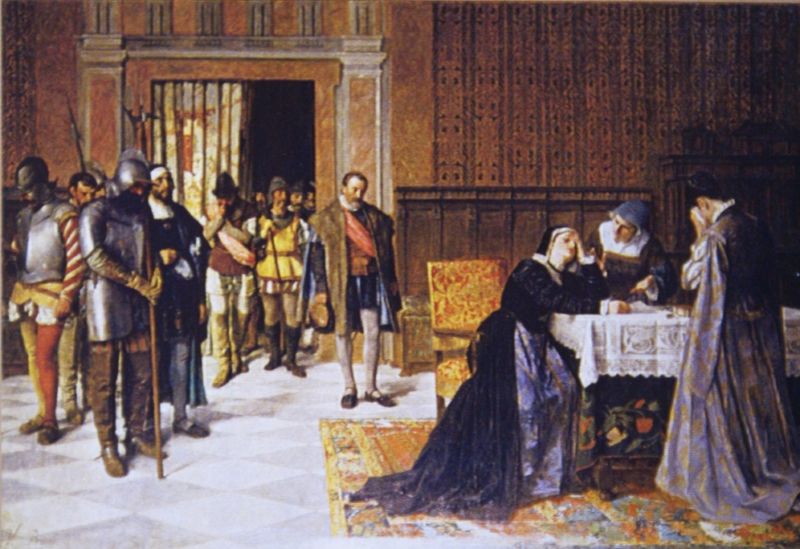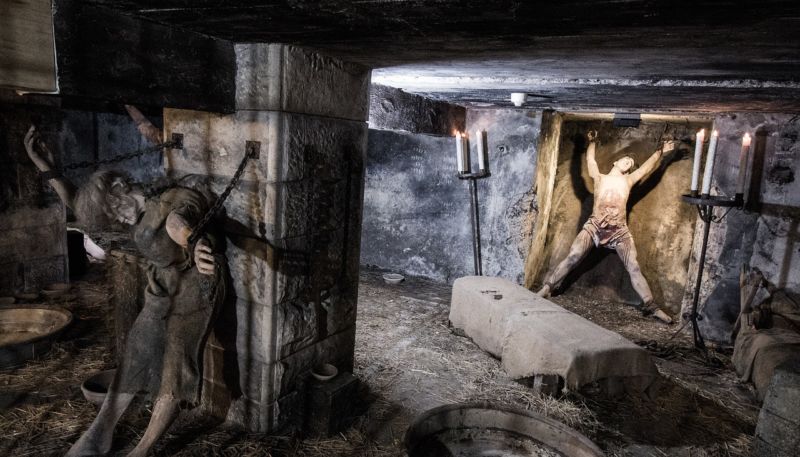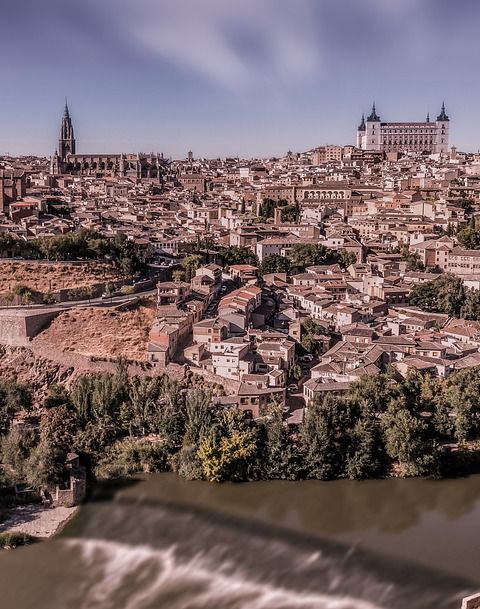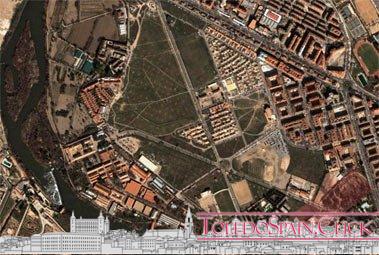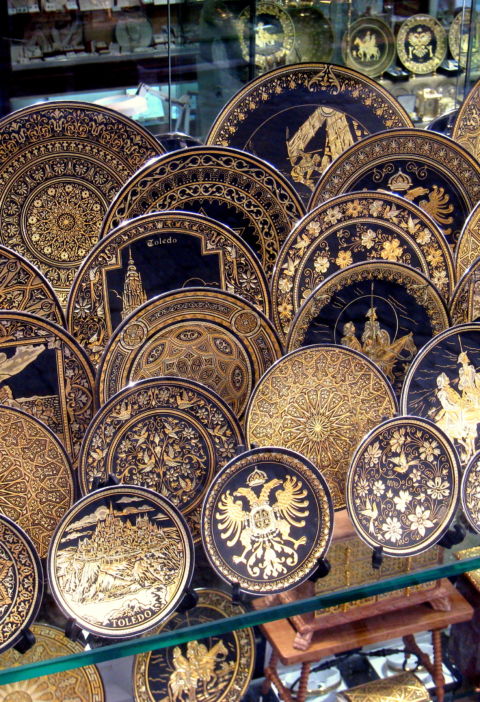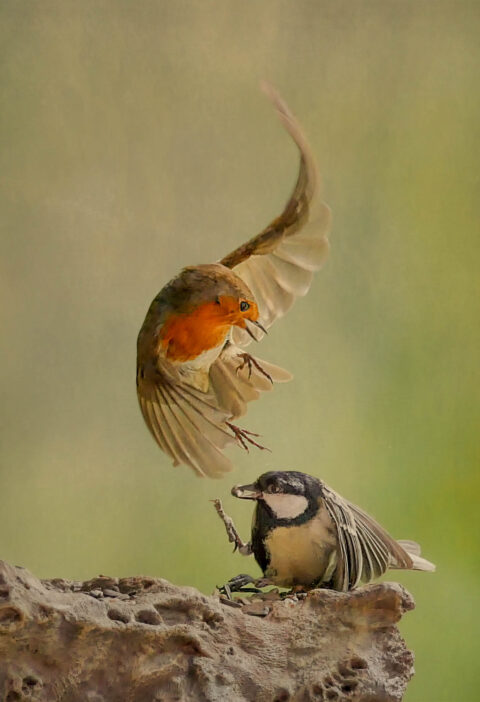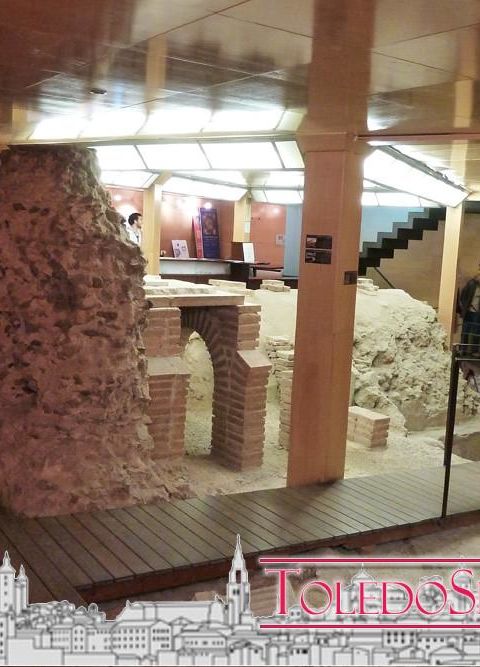María Pacheco is perhaps one of the most important characters Toledo has ever had, but I have the feeling that if we went house to house asking about this lady’s identity, few people would know who she is.
If you ask my name, it was Maria,
If my land, Granada; my surname
De Pacheco and Mendoza, known
The one and the other more than the clear day
If my life, follow my husband;
My death in the opinion he held
Spain will tell you my quality
That Spain never denies the truth.
(Diego Hurtado de Mendoza)
María López de Mendoza y Pacheco, better known as María Pacheco, was born in Granada in 1497, noble Castilian, daughter of Íñigo López de Mendoza y Quiñones and Francisca Pacheco, was wife of the communal general Juan de Padilla. She had eight brothers, some of whom, like Francisco, Luis, Antonio and Diego Hurtado de Mendoza, were well-known figures in the history of our country. She adopted her mother’s surname in order to differentiate herself from two sisters also called Maria (from Mendoza), which was set in her early youth during the Renaissance period of the court of the Gran Tendilla¹.
She was forced to marry Juan de Padilla, knight of Toledo, when she was only fifteen years old in 1511, having signed the nuptial agreements a year before, Padilla being of a lower rank than hers, that is to say, that of the Mondéjar, a family to which Maria belonged, it seems that this wedding was not entirely to her liking. Although Maria was assigned a dowry of more than four million maravedíes. From this marriage of convenience in 1516 the first son was born, who died at a young age, just when King Ferdinand the Catholic was also leaving this world, a fact for which the infant Charles came to be named king of Castile and Aragon. Given his minority, Cardinal Cisneros was appointed regent of the kingdom, until after some time he was able to accede to the throne under the name of Charles I.
I’m sure you’re also interested in: Curiosities of the Alcázar de Toledo
Once the new king was installed in the Court and the regency of Cisneros was finished, Juan de Padilla succeeded his father in the position of “Captain of people of arms”, making necessary the transfer of the marriage from Granada to Toledo.
In April 1520, the Boards of Communities of Castile, including those of Toledo, rebelled against Charles I, fed up with the government of this new king, who had only foreign advisors and squeezed taxes to the people. María Pacheco did not hesitate to support her husband Juan de Padilla. The first mission was to go to Segovia to fight the royal army under Rodrigo Ronquillo. Three months later the Santa Junta was constituted in the city of Ávila, from which Padilla was named Captain General of the communal forces.
It was not long before clashes broke out between the communal ranks that led to the replacement of Padilla by Pedro Girón de Velasco, which is why he immediately returned to Toledo. However, Girón deserted when he was harassed by the push of the realist forces and then Padilla with a new army of toledanos mostly went to Valladolid in December 1520, taking over the squares of Torrelobatón and Ampudia, but the internal clashes between villagers did not cease causing their weakening and thus when they had to face the royal army on 23 April 1521, they succumbed in an unequal encounter, in what is known as the battle of Villalar. Therefore, Bravo, Padilla and Maldonado were taken prisoner and beheaded in this town a few hours later.
I’m sure you’re also interested in: Curiosities of the Alcázar de Toledo 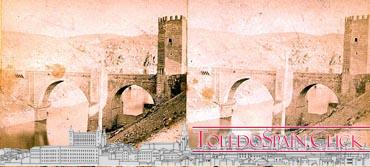
Doña María Pacheco de Padilla after Villalar
DELETE AND MOMPÓ, VICENTE
Copyright of the image ©Museo Nacional del Prado
When the news of these tragic events arrived in Toledo, far from frightening the Toledans with María Pacheco at their head, they continue to fight against the troops of Carlos I helped in this effort by the bishop of Zamora, Antonio de Acuña (see legend). Mary of mourning and illness, first from her residence and then from the Alcazar, garrisoning the gates of the city with soldiers and artillery brought from Yepes. But after the seizure of Madrid by the royalists only Toledo remained as the last square subdued to the new monarch. María and the bishop Acuña did not understand each other well, because he wanted the Primate Chair for him and María wanted it for her brother.
 COMUNEROS DE CASTILLA, ADJUSTICIATED IN VILLALAR (Valladolid)
COMUNEROS DE CASTILLA, ADJUSTICIATED IN VILLALAR (Valladolid)
Canvas by Antonio Gisbert. (Source: Orgaz)
Acuña managed to flee to France in the face of the impossible, but María Pacheco resisted a few months more to the siege promulgated by Carlos I to the city of Toledo, causing penalties to pass to the Toledans and even reaching the point of requisitioning -entrando kneeling- the silver guarded in the “Sacrarium” of the cathedral to face the expenses of the soldier. Before so delicate situation of the city in October of 1521 the armistice called of Sisla was signed, but in February of 1522, Toledo returns to rebel again taking again the Alcazar although this last rebellion is suffocated immediately by the realists. Thanks to some relatives that María Pacheco had on the king’s side, she was able to escape from Toledo with her son disguised as gypsies, following the course of the river Tagus, arriving first at Talavera from where she went into exile in Portugal.
Charles I forgave the city, but that umbrella of forgiveness did not reach Mary or Acuna and he had to live in the neighboring country of the charity of two Portuguese bishops. He lived in Oporto until his death in 1531. The monarch categorically refused to allow his remains to be brought to Olmedo to rest with those of her husband Juan de Padilla and therefore they are still buried in the cathedral of that city.
 María Pacheco Street in Toledo. Photo: Carlos Dueñas
María Pacheco Street in Toledo. Photo: Carlos Dueñas
Extraordinary character Maria Pacheco who did not bow down to anything or anyone, which is often said: “take arms”, we are left in Toledo for his memory the street dedicated to her that leaves the Plaza de Padilla and reaches the Plaza de la Cruz and the name of a Secondary Education Institute (IES Maria Pacheco) in addition to some Culturel association.
” What do they know? To those who call me ignorant I answer that there are few among them capable of surpassing my knowledge. What do they know?” (…) “Testament of Maria Pacheco”.
¹ Íñigo López de Mendoza y Quiñones, (b. Guadalajara, Corona de Castilla; 1440-Granada, Spain; July 20, 1515), was a Spanish nobleman, I Marquis of Mondéjar and II Count of Tendilla, known as “El Gran Tendilla”.
Text: CARLOS DUEÑAS REY. Published on 31/08/18 in the Toledo Legends Facebook group.
Legends related to the Communeros:
- Phrase “The bells of St. Luke and St. Tome”
- Phrase “The Penance of the Bishop Acuña”
- Phrase “Favor with favor is paid”

